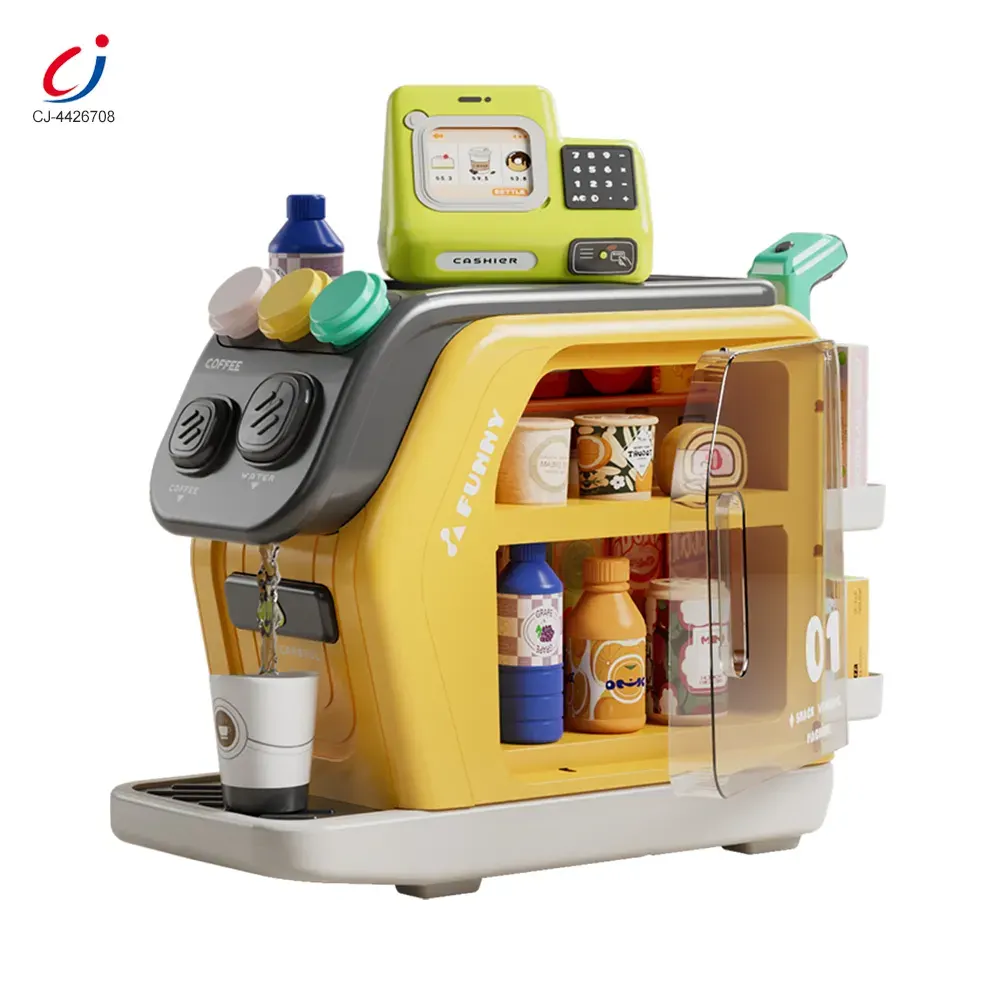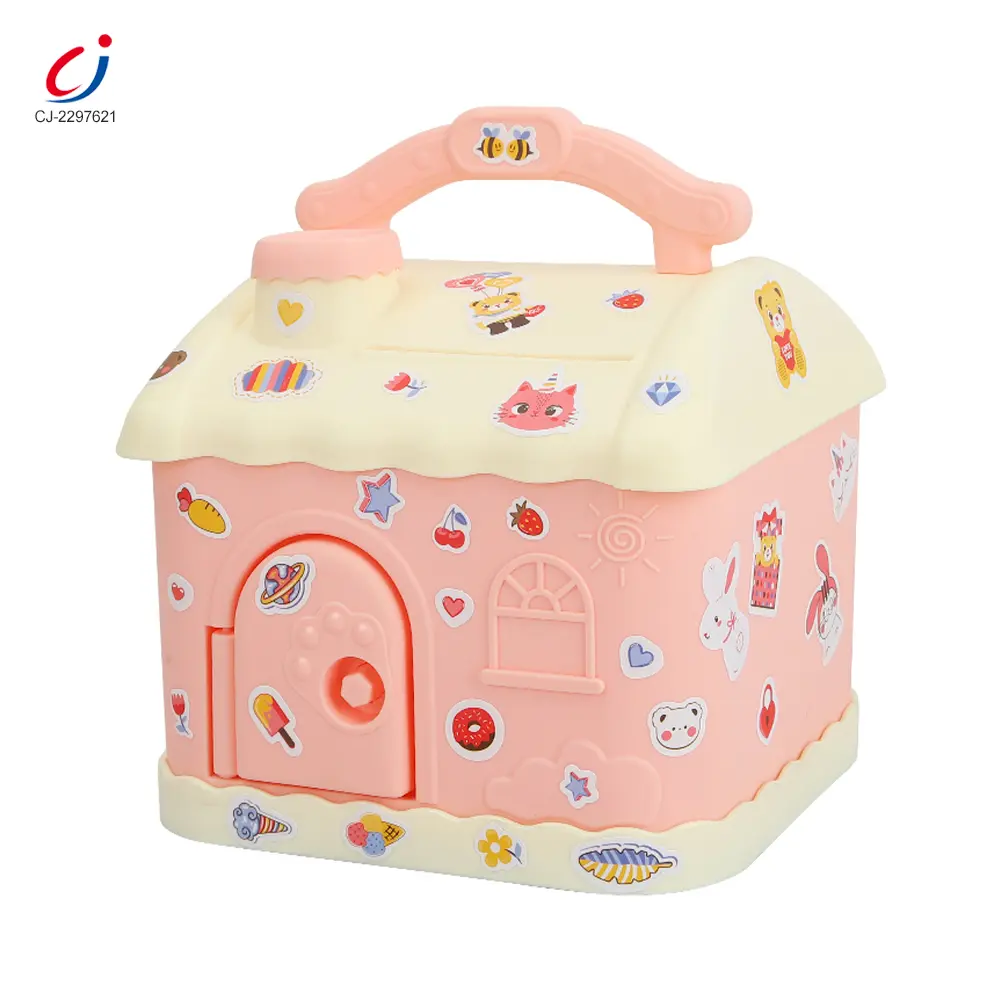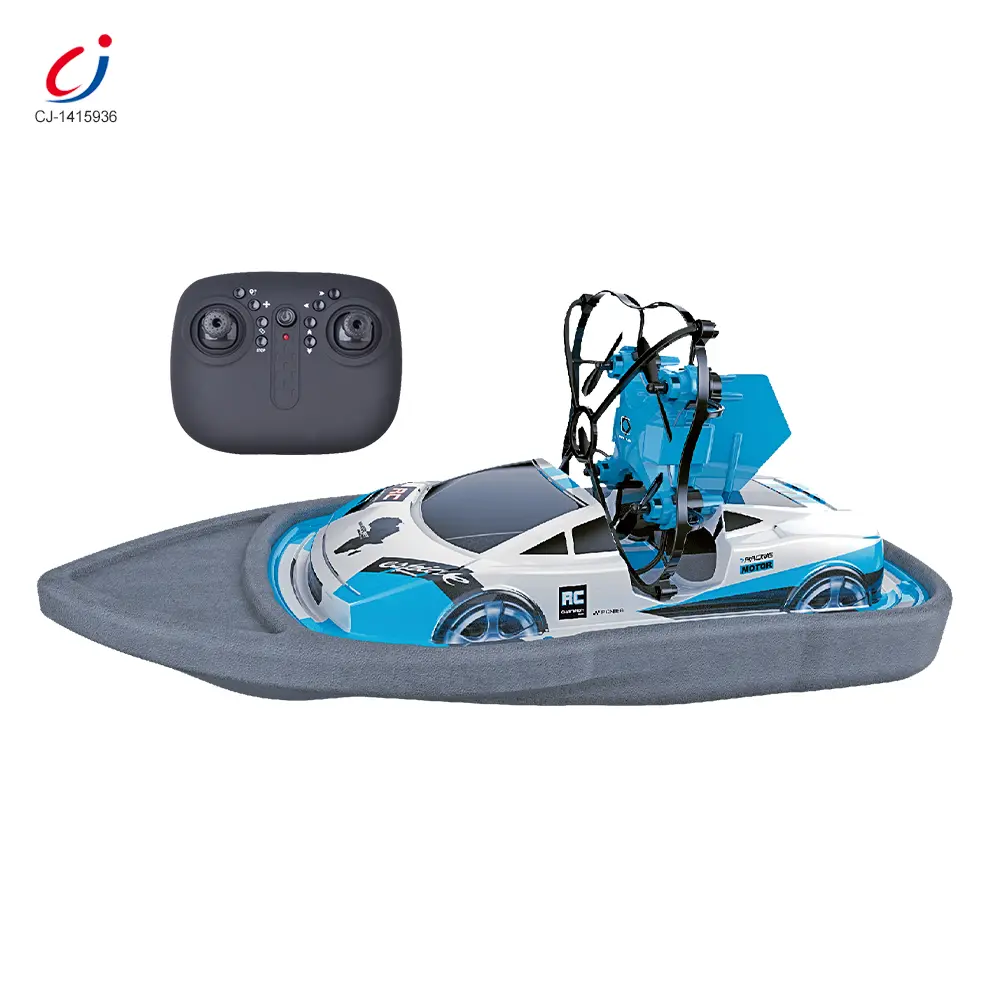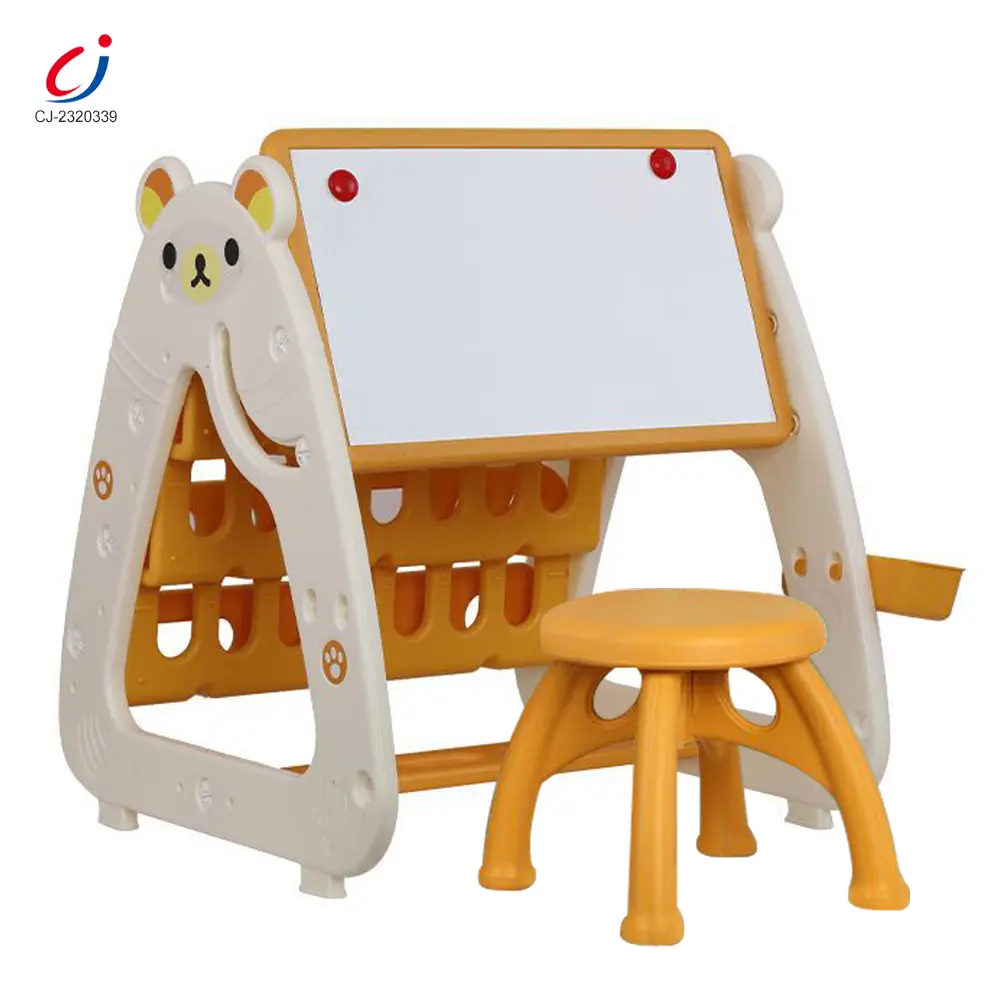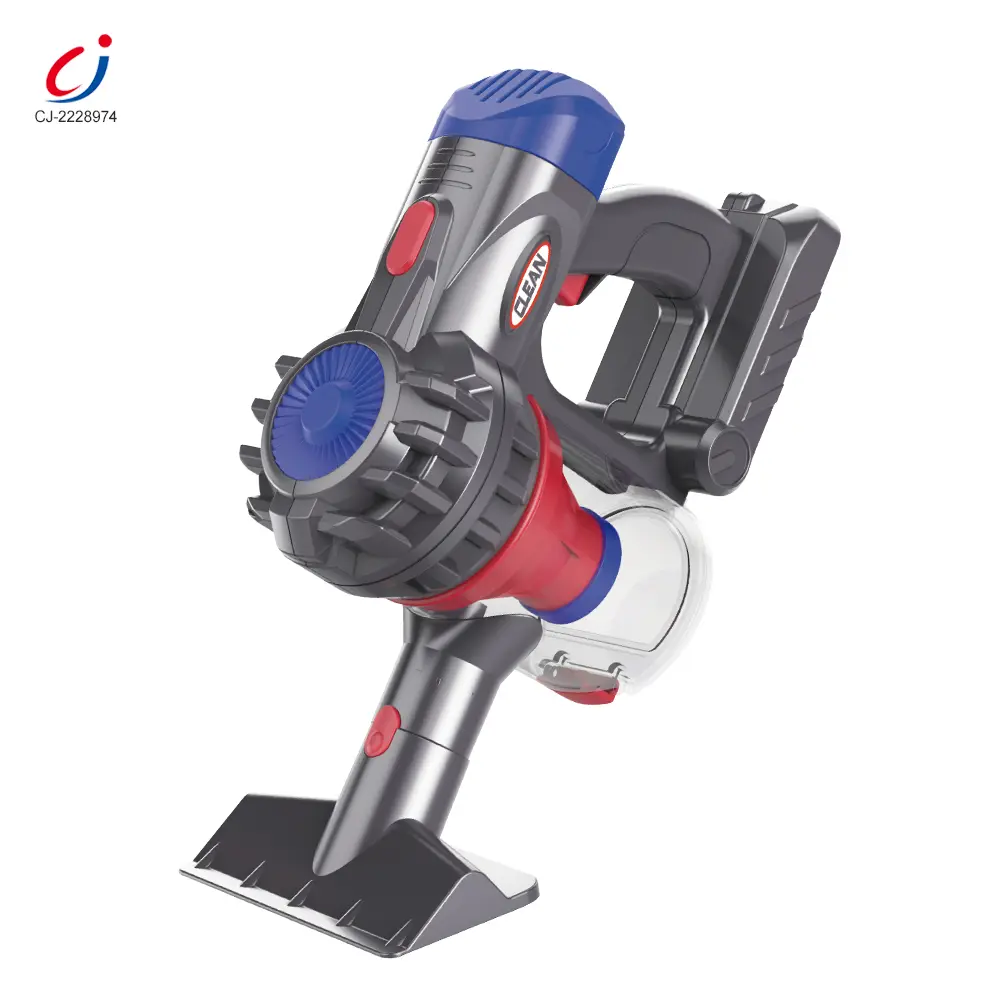Toys like play kitchens, doctor kits, mini stores, and tool benches, etc, are called pretend play toys by the industry and parents. They are rather powerful for kids to gain cognitive, social, emotional, and physical development across age bands.
Chengji, a トップ・トイ・サプライヤー, in this blog, will explain the key benefits and give practical tips for parents, educators, and toy buyers who want pretend play toys that truly help children grow.
Age Bands & Appropriate Play Formats
Children use role play differently as they age. Match the toy to developmental needs:
0–2 years (sensory & imitation)
- Establishing sensory connectivity and primary causal relationship models is core.
- Ideal configuration: A single item with high durability and safety, such as a thick water cup, a simulated telephone, or a soft plush toy
3–5 years (symbolic play)
- Developing abstract thinking ability and oral expression are important things to do at this stage.
- Ideal configuration: Theme-based, multi-component package (such as a fully functional kitchen simulation table, mini medical kit).
6–8 years (complex role-play)
- Setting learning objectives, resolving conflicts, and internalizing social norms shall be the top three tasks for a pretend play toy for kids at this period.
- Ideal configuration: Scene-driven complex systems (such as simulated shops, cash register systems, scene cards).
Choosing the right pretend play toy for the age group boosts engagement and learning outcomes.
Cognitive Development: Working Memory and Problem-solving
Engaging in role play involves children holding ideas in their minds, while sequencing their actions and being flexible when plans change. Examples of this might be:
- Running a toy shop: remembering a list of remembered goods, doing simple calculations of total price, and organizing goods.
- Cooking in the play kitchen: Following and remembering steps (pretend recipe), which is also involved in sequencing and thereby developing procedural memory.
These types of experiences use executive functions, i.e., planning, mental flexibility, and working memory, that impact skills that might contribute to school readiness.
Language & Communication: New Vocabulary Through Play
Toys for pretend play create exciting contexts where language can grow:
- Children’s vocabulary expands by the use of role-specific words (receipt, thermometer, cashier…)
- Children’s narrative skills improve as they tell stories about the customer, the patient, or an adventure.
- Children’s use of social language—turn-taking, requesting, explaining—becomes practice during cooperative play.
Additionally, caregivers can add one level of complexity to children’s conversations using simple prompts (e.g., “How will you fix this?”).
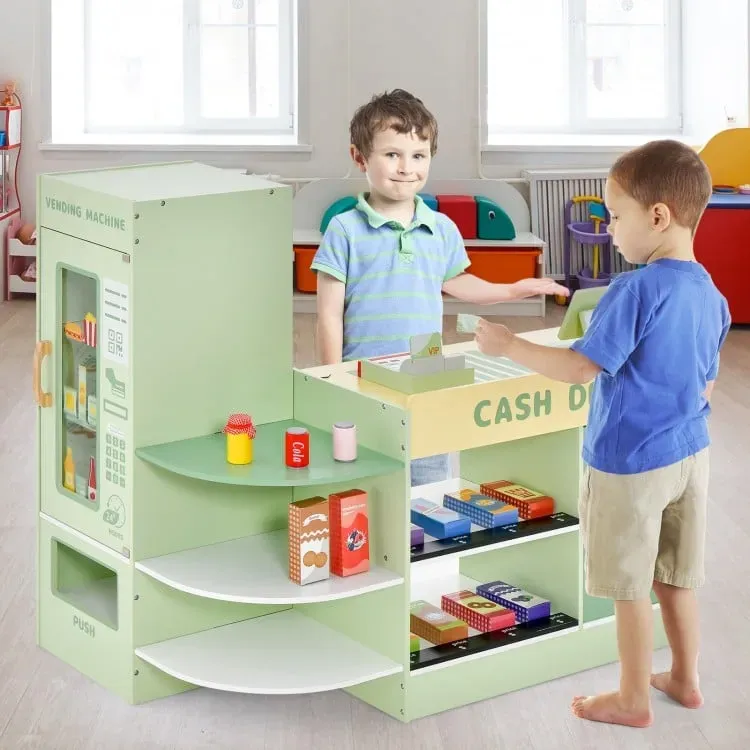
Social and Emotional Learning: Empathy, Cooperation, Self-regulation
Being “the doctor” or “the parent” helps kids practice empathy by seeing situations from another role’s perspective. Role play also teaches:
- Cooperation: assigning roles and negotiating outcomes.
- Emotion regulation: managing disappointment when a plan fails or someone else becomes upset.
- Problem-solving: resolving disputes over roles or rules.
Including emotion cards or “feeling prompts” in a pretend play toy set can accelerate these lessons.
Creativity & Imagination: Open-ended Possibilities
The best pretend play toys are open-ended—one prop can become many things. This ambiguity encourages imaginative uses and divergent thinking. For example, a simple box becomes a car, a stove, or a stage—each interpretation strengthens creative problem solving.
Academic Crossovers: Early Math, Literacy, and Science
Pretend scenarios naturally embed academic skills:
- Math: counting objects, weighing goods, measuring portions.
- Literacy: writing menus, making signs, reading labels.
- Science: gardening kits teach plant life cycles; kitchen play introduces measurements and reactions.
Position pretend play toy sets as curriculum-friendly tools for classrooms and homeschoolers.

Cultural Awareness & Social Role Understanding
Including diverse costume pieces and culturally varied roles in toys helps children appreciate different professions and traditions. Multi-language labels and scenario prompts broaden social understanding, get rid of stereotypes, and make pretend play toys more inclusive.
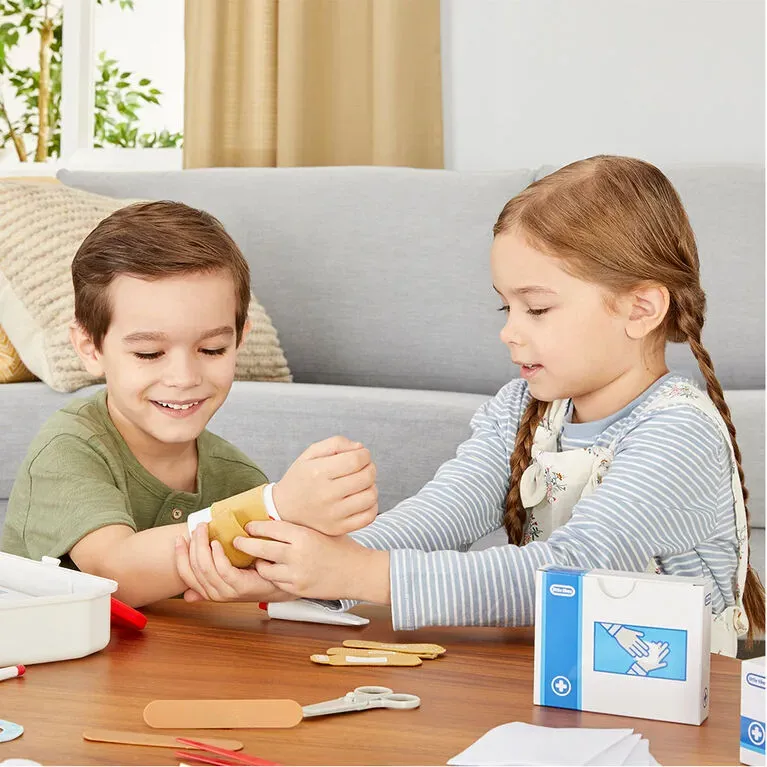
Parent & Educator Facilitation
There is one question with parents and educators: how to get the most out of play? Adults should guide without taking over. Try these techniques:
- Ask open-ended questions: “What happens next?” or “How can you help the customer?”
- Rotate themes weekly (kitchen, vet, store) to extend learning.
- Model scenarios briefly, then step back to let children lead.
- Use simple props or cards to scaffold more complex play for older children.
Design Tips for Better Pretend Play Toys (For Manufacturers)
- Age-appropriate complexity: modular pieces for scalability.
- Durable, non-toxic materials and washable surfaces.
- Multi-use props that encourage symbolic substitution.
- Parent/teacher guides with activity cards and learning objectives.
- Spare-part availability to extend product life.
Quick Practical Checklist (For Caregivers)
Rotate themes and add small challenges (a shopping list, a time limit).
Provide 20–30 minutes of uninterrupted role play daily.
Offer a mix of realistic props and abstract items.
Encourage storytelling and record new vocabulary.
結論
A well-designed pretend play toy is much more than a pastime: it’s a scaffold for language, cognition, social skills, and creativity. For parents, educators, and retailers, investing in quality role-play sets pays dividends in child development and sustained engagement.
Chengji – Your Reliable Toy Supplier

At 成吉思汗, a トップ・トイ・サプライヤー, we specialize in wholesale kids’ toys そして カスタム玩具ソリューション for global clients. From wholesale pretend play toys to other creative collections, every product is made under strict international SOP standards to ensure safety and quality. With stable production capacity and flexible wholesale options, Chengji is your reliable partner for both bulk orders and customized toy designs.



